Nori Mink IFNg ELISA Kit
$508.00 – $916.00
This ELISA kit is for quantification of IFNg in mink. This is a quick ELISA assay that reduces time to 50% compared to the conventional method, and the entire assay only takes 3 hours. This assay employs the quantitative sandwich enzyme immunoassay technique and uses biotin-streptavidin chemistry to improve the performance of the assays. An antibody specific for IFNg has been pre-coated onto a microplate. Standards and samples are pipetted into the wells and any IFNg present is bound by the immobilized antibody. After washing away any unbound substances, a detection antibody specific for IFNg is added to the wells. Following wash to remove any unbound antibody reagent, a detection reagent is added. After intensive wash a substrate solution is added to the wells and color develops in proportion to the amount of IFNg bound in the initial step. The color development is stopped, and the intensity of the color is measured.
Alternative names for IFNg: Interferon gamma
This product is for Laboratory Research Use Only not for diagnostic and therapeutic purposes or any other purposes.
- Description
- How Elisa Works
- Product Citation (0)
- Reviews (0)
Description
Nori Mink IFNg ELISA Kit Summary
Alternative names for IFNg: Interferon gamma,
Alternative names for mink: American mink, European mink, sea mink
| Assay Type | Solid Phase Sandwich ELISA |
| Format | 96-well Microplate or 96-Well Strip Microplate |
| Method of Detection | Colorimetric |
| Number of Targets Detected | 1 |
| Target Antigen Accession Number | A0A077D556 |
| Assay Length | 3 hours |
| Quantitative/Semiquantitative | Quantitative |
| Sample Type | Plasma, Serum, Cell Culture, Urine, Cell/Tissue Lysates, Synovial Fluid, BAL, |
| Recommended Sample Dilution (Plasma/Serum) | No dilution for sample <ULOQ; sufficient dilution for samples >ULOQ |
| Sensitivity | 2 pg/mL |
| Detection Range | 12.5-800 pg/mL |
| Specificity | Mink IFNg |
| Cross-Reactivity | < 0.5% cross-reactivity observed with available related molecules, < 50% cross-species reactivity observed with species tested. |
| Interference | No significant interference observed with available related molecules |
| Storage/Stability | 4 ºC for up to 6 months |
| Usage | For Laboratory Research Use Only. Not for diagnostic or therapeutic use. |
| Additional Notes | The kit allows for use in multiple experiments. |
Standard Curve
Kit Components
1. Pre-coated 96-well Microplate
2. Biotinylated Detection Antibody
3. Streptavidin-HRP Conjugate
4. Lyophilized Standards
5. TMB One-Step Substrate
6. Stop Solution
7. 20 x PBS
8. Assay Buffer
Other Materials Required but not Provided:
1. Microplate Reader capable of measuring absorption at 450 nm
2. Log-log graph paper or computer and software for ELISA data analysis
3. Precision pipettes (1-1000 µl)
4. Multi-channel pipettes (300 µl)
5. Distilled or deionized water
Protocol Outline
1. Prepare all reagents, samples and standards as instructed in the datasheet.
2. Add 100 µl of Standard or samples to each well and incubate 1 h at RT.
3. Add 100 µl of Working Detection Antibody to each well and incubate 1 h at RT.
4. Add 100 µl of Working Streptavidin-HRP to each well and incubate 20 min at RT.
5. Add 100 µl of Substrate to each well and incubate 5-30 min at RT.
6. Add 50 µl of Stop Solution to each well and read at 450 nm immediately.
Background:
IFN-γ is a dimerized soluble cytokine that is the only member of the type II class of interferons (1). It plays key roles in both the innate and adaptive immune response against viral and intracellular bacterial infections and for tumor control (2). It alters transcription in up to 30 genes producing a variety of physiological and cellular responses. IFN-γ activates the cytotoxic activity of innate immune cells such as macrophages and NK cells (3,4). IFN-γ production by NK cells and antigen-presenting cells (APCs) promotes the cell mediated adaptive immunity by inducing IFN-γ production by T lymphocytes, increased class I and class II MHC expression, and enhancing peptide antigen presentation (3). The anti-viral activity of IFN-γ is due to its induction of PKR and other regulatory proteins. Binding of IFN-γ to the IFNGR1/IFNGR2 complex promotes dimerization of the receptor complexes to form (IFNGR1/IFNGR2)2 -IFN-γ dimer. Binding induces a conformational change in receptor intracellular domains and signaling involves Jak1, Jak2 and Stat1 (5). The critical role of IFN-γ in amplification of immune surveillance and function is supported by increased susceptibility to pathogen infection by IFN-γ or IFNGR knockout mice and in humans with inactivating mutations in IFNGR1 or IFNGR2. IFN-γ also appears to have a role in atherosclerosis (6).
References
- Gray PW and Goeddel DV (1982). Nature 298 (5877): 859–63.
- Schroder K, et al (2004). J. Leukoc. Biol. 75 (2): 163–89.
- Schroder, K. et al. (2004) J Leukoc Biol 75, 163-89.
- Martinez, F.O. et al. (2009) Annu Rev Immunol 27, 451-83.
- Kotenko, S.V. et al. (1995) J Biol Chem 270, 20915-21.
- McLaren, J.E. and Ramji, D.P. (2009) Cytokine Growth Factor Rev 20, 125-35.
Be the first to review “Nori Mink IFNg ELISA Kit”
You must be logged in to post a review.
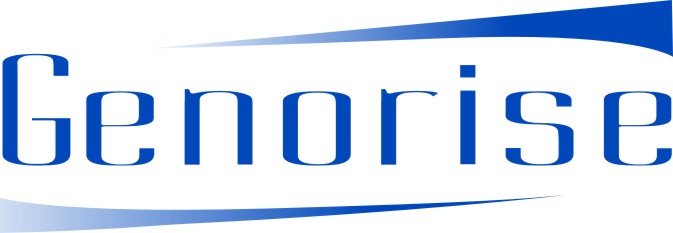

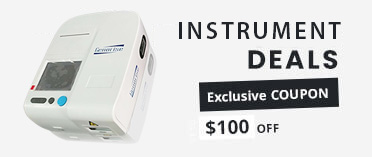
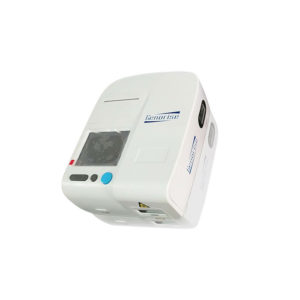
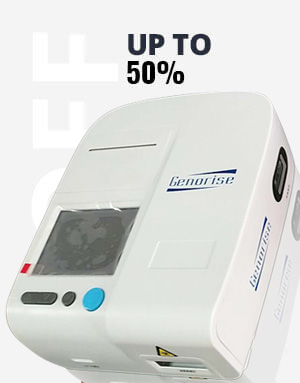


















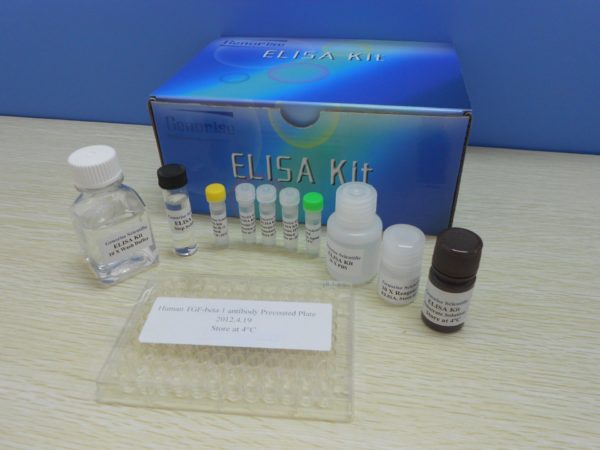
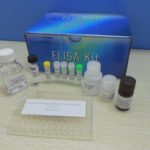
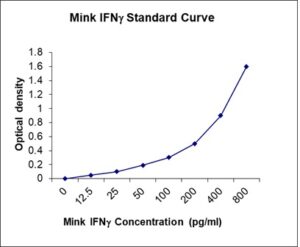
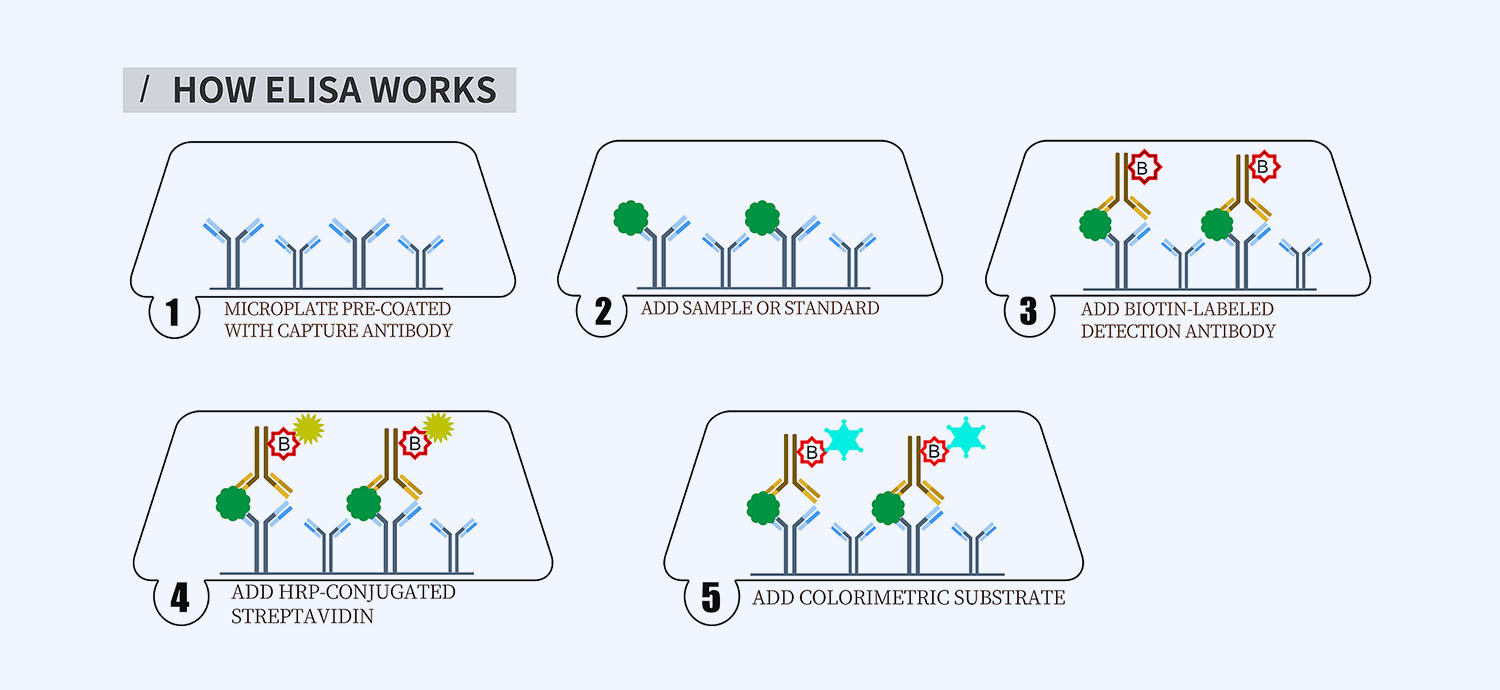
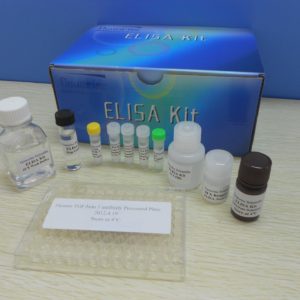
Reviews
There are no reviews yet.